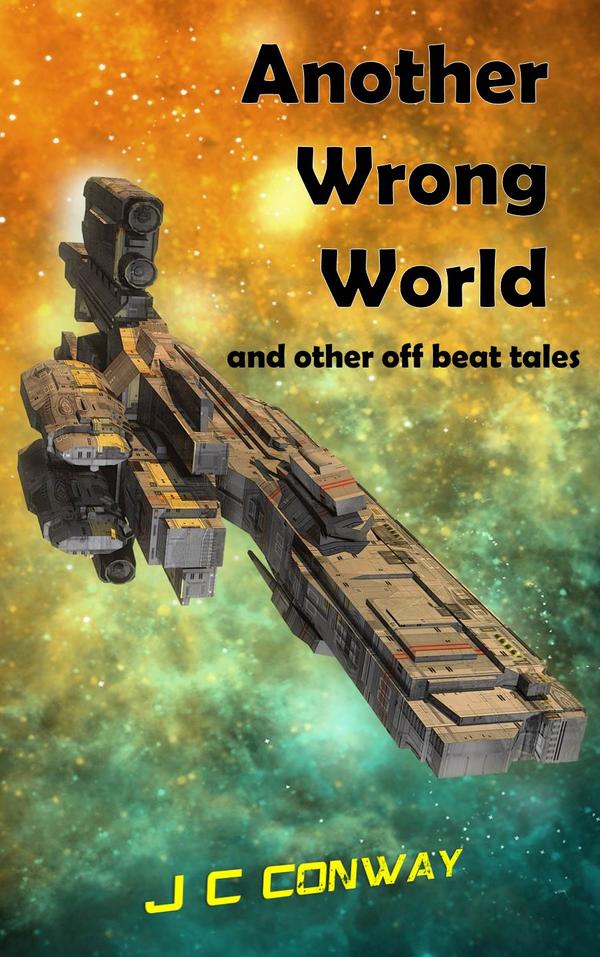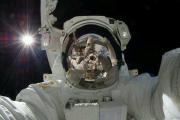Several of my short stories have featured modified asteroids as useful structures, predominantly in Trojan Orbits. But the first asteroids that are likely to have a tremendous impact on humanity (good or bad) are the “near-Earth” asteroids–those bodies that orbit the Sun and cross Earth’s orbit from time to time. Those asteroids feature prominently in one of my works not yet published.
Two important pieces of near-Earth asteroid news occurred today–a government hearing on the concept of detection and deflection of dangerous near-Earth asteroids, and a NASA announcement of a plan to capture an asteroid for study.
Detect and Divert. The U.S. House of Representatives Committee on Science, Space and Technology took testimony today in its Hearing on Threats from Space: A Review of Private and International Efforts to Track and Mitigate Asteroids and Meteors. Providing testimony today were Dr. Ed Lu, Chairman & CEO of the B612 Foundation, Dr. Donald K. Yeomans, Manager of the Near-Earth Objects Program Office of Jet Propulsion Laboratory, and Dr. Michael F. A’Hearn, Vice-Chair of the Committee to Review Near-Earth Object Surveys and Hazard Mitigation Strategies for the National Research Council.
 The B612 Foundation is a non-profit organization established in 2002 that arose from an asteroid deflection workshop. According to today’s testimony, the Foundation plans to have the Sentinel Telescope launched in 2018. The Sentinel Telescope will be located between Earth and the Sun. The Sun will always be behind the lens. Therefore, the Sun won’t inhibit the Sentinel Telescope’s ability to detect NEOs.
The B612 Foundation is a non-profit organization established in 2002 that arose from an asteroid deflection workshop. According to today’s testimony, the Foundation plans to have the Sentinel Telescope launched in 2018. The Sentinel Telescope will be located between Earth and the Sun. The Sun will always be behind the lens. Therefore, the Sun won’t inhibit the Sentinel Telescope’s ability to detect NEOs.
The Hearing Charter references the two February 15 events–the near pass of Asteroid 2012 DA14 and the Chelyabinsk meteor–describing the Chelyabinsk meteor explosion as having 20 times the power of the Hiroshima atom bomb. The Charter describes its overarching questions as follows:
- Do we have the tools and technology necessary to detect and track Near Earth Objects?
- What are the most viable efforts to focus on in the next 5 to 7 years that will yield the most progress in identifying and cataloging the NEO [“near-Earth object”] threat?
- Are we tracking the right size objects, specifically the ones that can cause significant harm?
- Once we identify an object, what are our means of tracking it?
- What are our contingencies and mitigation capabilities if we determine there is a threat from a NEO impact?
The Charter incorporated the following visual census:
The Hearing was broadcast live, and can be replayed from the Committee on Science, Space, and Technology website hearing page.
The testimony was important, as it was both frank and provided by experts in the field. Among the notable statements (there were too many to quote) were the following:
“We should not have to find out how big a tsunami a certain asteroid will create; we should deflect it before it happens.”
Dr. Ed LuRepresentative Stewart: “Is there anything we could’ve done about an asteroid impact with a 2 year warning?”
Dr. Ed Lu: “No.”“Five years or less, it’s really hard unless you’ve thought the problem through and designed things–maybe have components built–maybe have a full system …”
Dr. A’Hearn“In less than 5 years there’s no time to do anything unless all planning has been done ahead, and even then it’s difficult.”
Dr. Michael F. A’Hearn“We have to bring in folks that are more experienced in communications; not just scientists.”
Dr. Donald K. Yeomans
Among other things, Dr. Yeomans highlighted the existence of current facilities and programs to detect near-Earth objects. Dr. Lu expressed his desire to provide a cheaper, private-sector advancement on those accomplishments. Dr. A’Hearn emphasized the importance of a multi-national effort to test deflection capabilities.
Catch and Mine. NASA announced today its intention to capture an asteroid and send astronauts to study it. NASA Administrator, Charles Bolden, said in a statement before the plan was announced today, “This mission represents an unprecedented technological feat that will lead to new scientific discoveries and technological capabilities and help protect our home planet.”
The proposed budget is around $50 million less than sought a year ago, but still about $1 billion more than the agency’s current spending plan. Nevertheless, the plan fits with the current administrations stated goals of (a) include learning how to identify asteroids heading towards Earth to change their course, (b) finding destinations where astronauts can go as they try to learn how to make the longer trip to Mars, and (c) provide evidence of opportunities for space investors.
NASA illustrated its concept in a video, showing the capture of an asteroid.
This mission, in connection with the ever-growing data of near-Earth objects and constantly-developing plans to intercept asteroids crossing Earth’s path, provide valuable information and potential opportunities for those asteroid-mining ventures presently in existence, and future ventures with similar goals.
For example, NASA has made available on its website approximately 100 asteroid intercept trajectories, with projected launch dates, intercept dates, and identification and orbits of known asteroids of interest.
As our knowledge of near-Earth objects increases, so does our capability of utilizing and mastering near-Earth space. This is a region much more accessible than Mars, or even the Moon. Many predict that near-Earth locations are the next step for humanity in space. These discussions and proposed missions move in that direction.











I am a little confused with NASA’s plans. With all the robotic capabilities available to us, it seems a little foolish to send a manned mission to grab some samples when a robot can do the same thing.
Good point. For a mission of this type, it seems the “only” reason for a manned mission (which is immensely more expensive and difficult) is anticipated contingencies that cannot be easily handled with programming and/or radio commands to a responsive processor, regardless of the time lag. The mission, as described, doesn’t lay those contingencies out yet in what I’ve read. I’m presuming for now that NASA is aware of those contingencies. It will be interesting to learn more.